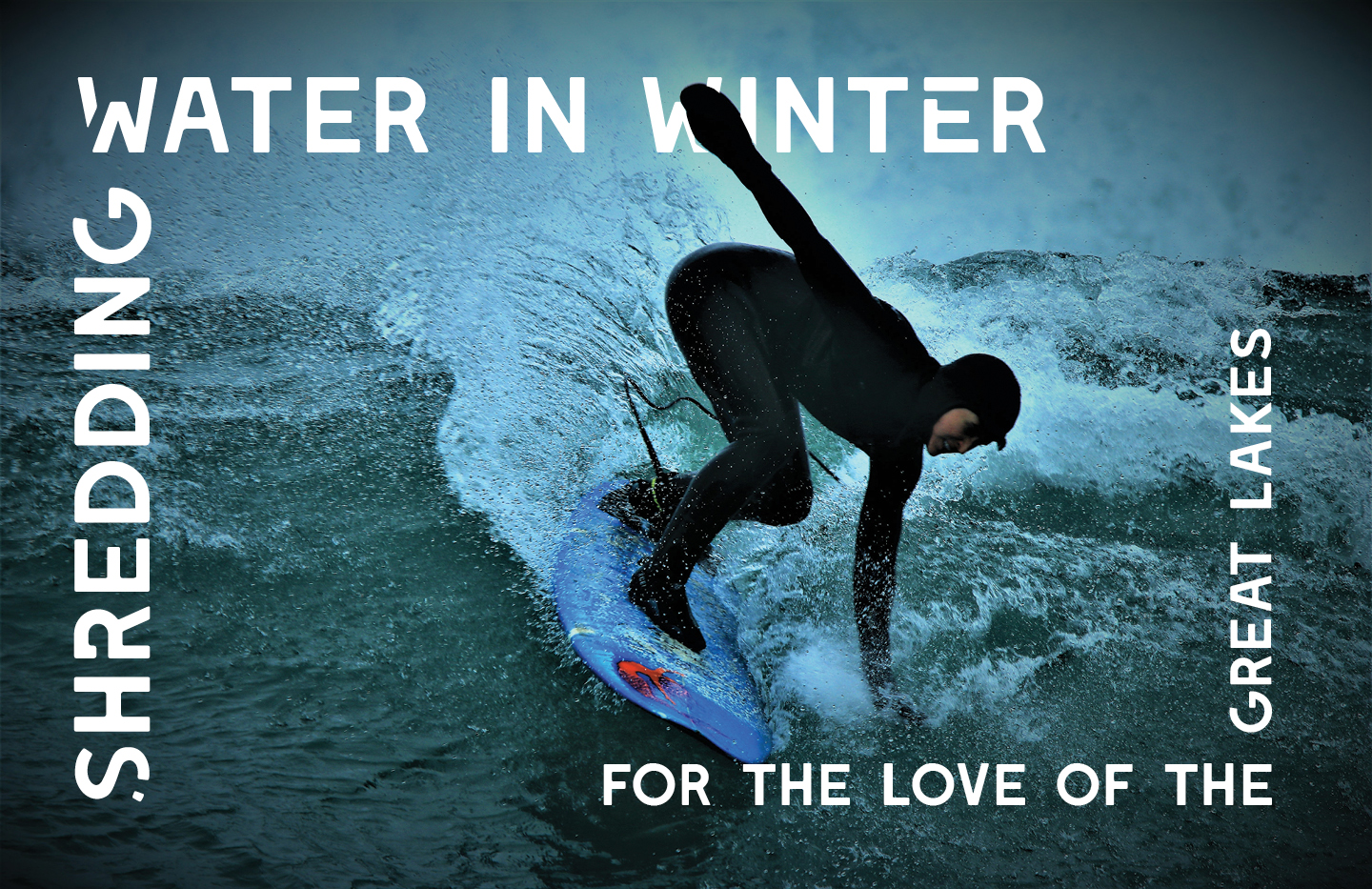Come winter, Mother Nature makes her presence known across the Great Lakes. Water temperatures drop to around 30 degrees Fahrenheit. The air sometimes freezes waves in their tracks. Blizzards drown Michigan’s two peninsulas in a thick, white blanket—dumping 250 inches of snow in some places. Rapidly-changing weather patterns pummel wave after wave at the shoreline, stirring up rip currents, piercing wind and razor-sharp ice chunks.
Such harsh winters drive most of us indoors for warmth. For a dedicated and passionate group of female surfers, these cold-weather storms are a call to run, surfboards in hand, to the Great Lakes.
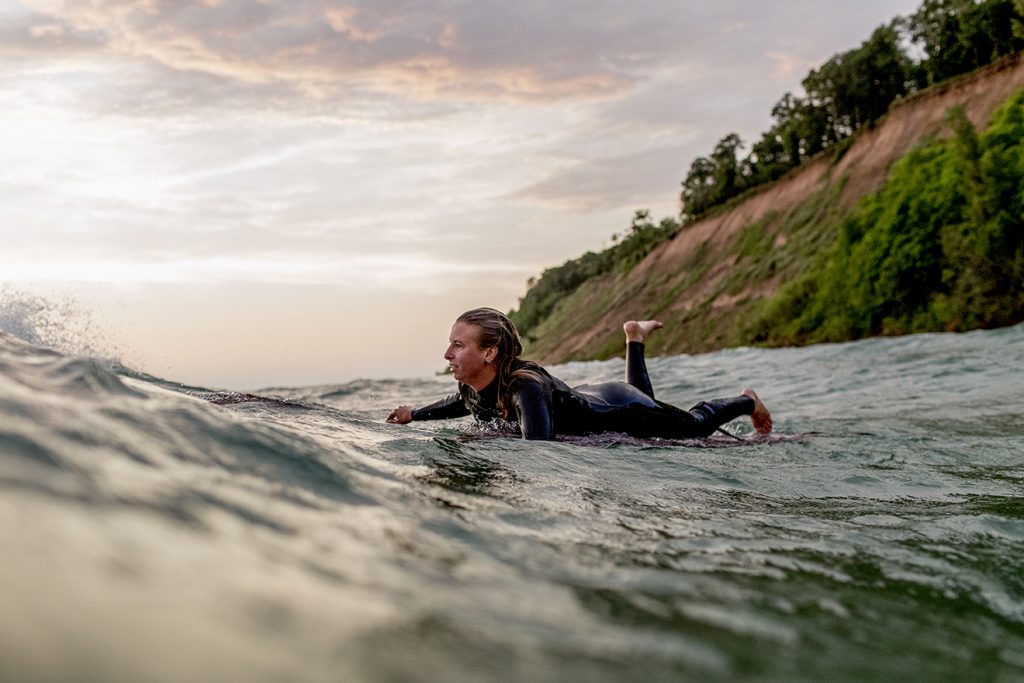
“I wouldn’t describe Great Lakes surfing conditions as harsh, purely because I live for this,” says Ella Skrocki, a surfer and environmental activist from Empire, Michigan. “Surfing in the wintertime is really gnarly, but as long as you know what you’re doing, it can be a really magical experience.”
Skrocki knows the Great Lakes well. She says massive, rocky, coastal cliffs and unpredictable changes in weather make Lake Superior, the northernmost and largest lake, a beast in and of itself.
“In most of the spots I’d surf around Marquette [in Michigan’s Upper Peninsula], you’d have to climb over rocks to get into the water,” she says. “They’re covered in ice, and you’re slipping down the face of a cliff to drop into the lineup. It’s exciting for a surfer who’s been at it for a minute.”
Skrocki grew up surfing the Great Lakes thanks, in part, to her parents’ love of the water. At 9 years old, she caught her first wave in Lake Michigan on an old, beat-up windsurfing board that had its sail removed. Today, she’s one of a few female surfers who live for shredding—water, that is—in the winter season.
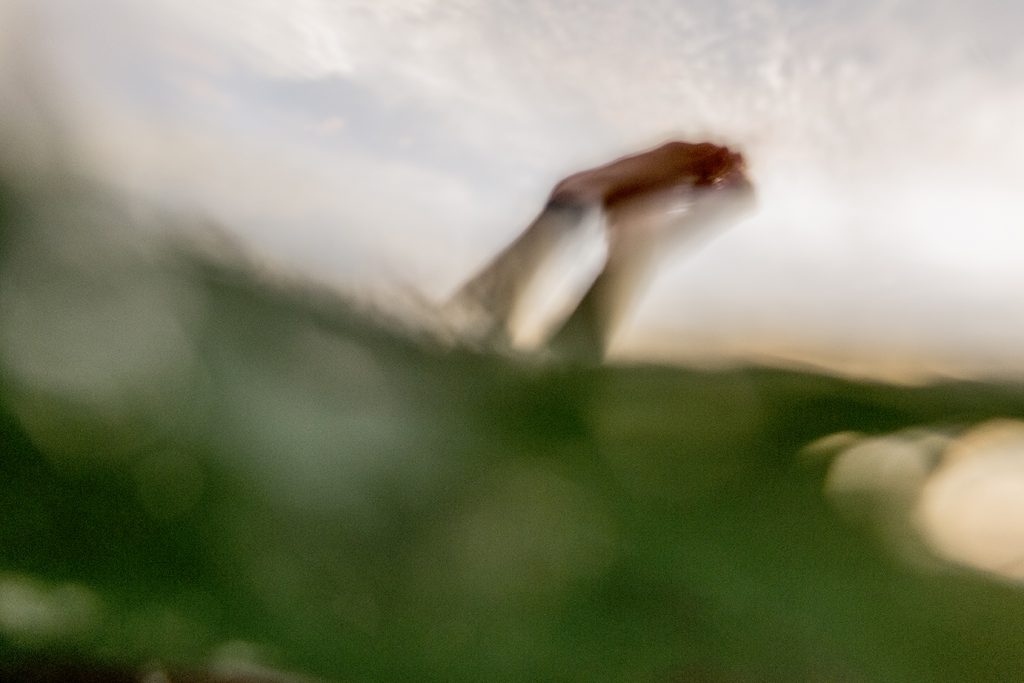
“I know probably 10 female surfers who are tried and true, dedicated year-round to the sport,” Skrocki says. “There were always a couple other women who were mysterious and inspiring that I knew of online, but it was mainly just me out in the water as a female.”
One of those women, Jaime LeDuc, surfs in Lake Superior along Minnesota’s “North Shore” near Duluth. When a storm is brewing, LeDuc grabs her gear and dog and embarks on a “surf safari” to find Lake Superior’s best waves. She argues there are few surfers more passionate and committed than those who surf the Great Lakes.
“Everyone pushes the limits,” LeDuc says. “There are times I’ve been sitting on my board in a state of near-hypothermia, but then I’ll catch another wave. I don’t know if it’s the adrenaline that warms me up, but I always decide to go back out to catch another one. My face has also gotten so numb that I’ve been hit with a piece of ice, started bleeding and not noticed until I saw blood in the water.”
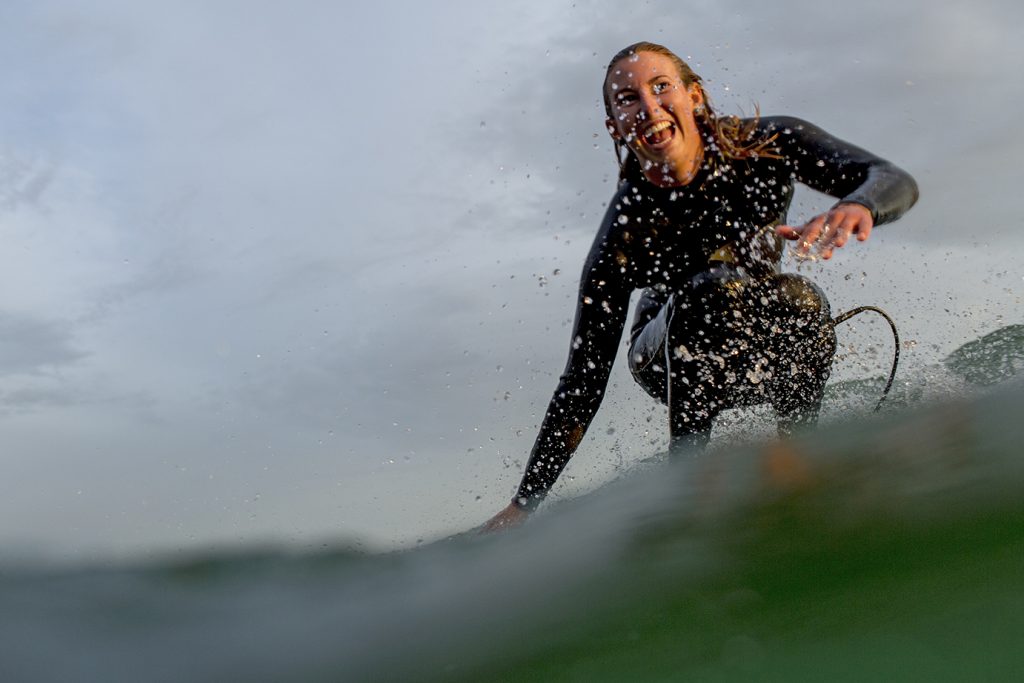
The Great Lakes usually churn the best waves in autumn, winter and spring. To stay warm in freezing temperatures, Skrocki typically does a few exercises in her living room before wrestling on her 5mm neoprene wetsuit and 7mm booties. At the beach, she applies Vaseline to her face, slips on her 7mm neoprene mittens, dumps a Nalgene bottle full of hot water into her wetsuit and runs into the freezing-cold water. When she stands up to catch a wave, the water on her wetsuit, the brim of her hood and even her eyelashes will turn to ice.
Despite the chilling temperatures and dangerous waters, Skrocki, LeDuc and others find peace, serenity and fullness in the Great Lakes.
“Every single session I have in the Great Lakes is even better than the last—because it keeps happening,” Skrocki says.
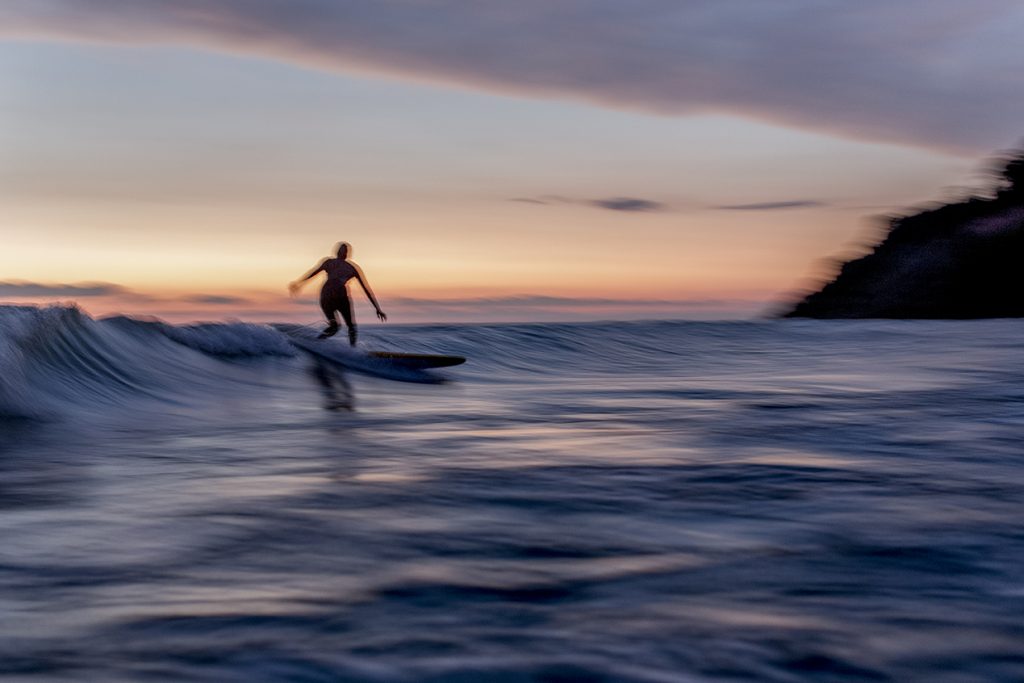
Nearly every Great Lakes surfer is willing to stand up for local environmental issues. From fisheries, to fracking, to shoreline water-bottling facilities, to oil pipelines running through the heart of the Great Lakes, a number of environmental issues pose a threat to the largest group of freshwater lakes, by total area, on Earth. The region’s surfers are banding together and supporting groups like Surfrider Foundation, Surfers for the Great Lakes (Skrocki’s organization) and FLOW (For Love of Water) to stand up for the water that makes their community what it is. For more information about how to get involved in the fight against one such threat, read “Before the Spill.”
Photos by Beth Price & Matthew Pastick. This story was published in RANGE Magazine Issue 10 “Work in Progress.” Pick up your copy or find a retailer HERE.
XX Erica Zazo
